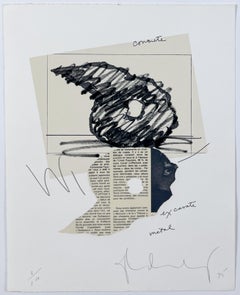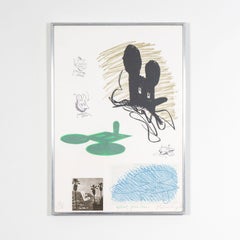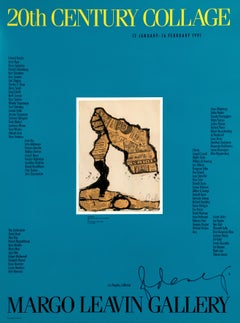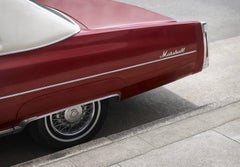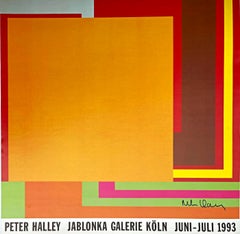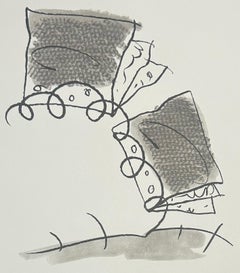Claes Oldenburg More Prints
One of the original Pop artists, Claes Oldenburg was born in Stockholm. The son of a Swedish diplomat, he spent his early years in Stockholm and Oslo until the family moved to Chicago in 1937.
Oldenburg attended Yale University, then returned to Chicago, where he worked for a newspaper and also attended drawing classes at the Art Institute. He moved to New York in 1956.
Oldenburg’s early art in New York were works of urban realism in cardboard and paper that were influenced by the work of Dubuffet and the New Realists, and were seen as a brutal response to society. In 1961 Oldenburg rented a storefront on the Lower East Side and sold brightly painted plaster objects as well as three-dimensional and wall reliefs based on hamburgers, pastries, men's and women's clothing, and other commodities. The signature soft sculptures followed, objects of commonplace household objects made of vinyl or canvas stuffed with kapok. These pieces transformed the medium — the soft sculptures are intended to be sensual experiences and commentary on our material world of objects and our relationship to them.
In 1965, still working in vinyl, plaster and cardboard, Oldenburg began making large works termed “Colossal Monuments,” which are large public sculptures with public and private meanings. In the 1970s, Oldenburg was fabricating large-scale works in durable materials such as steel, and working with Coosje van Bruggen, he had received many such public commissions in the United States and Europe.
Find authentic Claes Oldenburg sculptures, prints and other art on 1stDibs.
(Biography provided by Art Commerce)
Mid-20th Century Conceptual Claes Oldenburg More Prints
Steel
1970s Pop Art Claes Oldenburg More Prints
Etching, Aquatint, Lithograph
1970s Pop Art Claes Oldenburg More Prints
Etching, Aquatint, Lithograph
1960s Pop Art Claes Oldenburg More Prints
Lithograph
1980s Contemporary Claes Oldenburg More Prints
Offset
1990s Contemporary Claes Oldenburg More Prints
Offset
20th Century American Modern Claes Oldenburg More Prints
Paper, Lithograph
1970s Other Art Style Claes Oldenburg More Prints
Lithograph
21st Century and Contemporary Conceptual Claes Oldenburg More Prints
Archival Paper, Photographic Paper, Archival Pigment, Archival Ink, Giclée
1990s Abstract Geometric Claes Oldenburg More Prints
Offset, Lithograph
2010s Pop Art Claes Oldenburg More Prints
Lithograph
1970s Abstract Expressionist Claes Oldenburg More Prints
Lithograph, Offset
1980s Pop Art Claes Oldenburg More Prints
Lithograph, Offset
1970s Pop Art Claes Oldenburg More Prints
Lithograph, Offset
1970s Abstract Claes Oldenburg More Prints
Lithograph, Offset, Other Medium
21st Century and Contemporary Pop Art Claes Oldenburg More Prints
Lithograph, Offset
1990s Pop Art Claes Oldenburg More Prints
Lithograph, Offset
1960s Pop Art Claes Oldenburg More Prints
Offset
Early 2000s Photorealist Claes Oldenburg More Prints
Color, Lithograph, Offset
1970s Pop Art Claes Oldenburg More Prints
Lithograph, Offset
1990s Abstract Claes Oldenburg More Prints
Lithograph
Mid-20th Century Pop Art Claes Oldenburg More Prints
Lithograph
1960s Modern Claes Oldenburg More Prints
Lithograph
1960s Pop Art Claes Oldenburg More Prints
Lithograph


